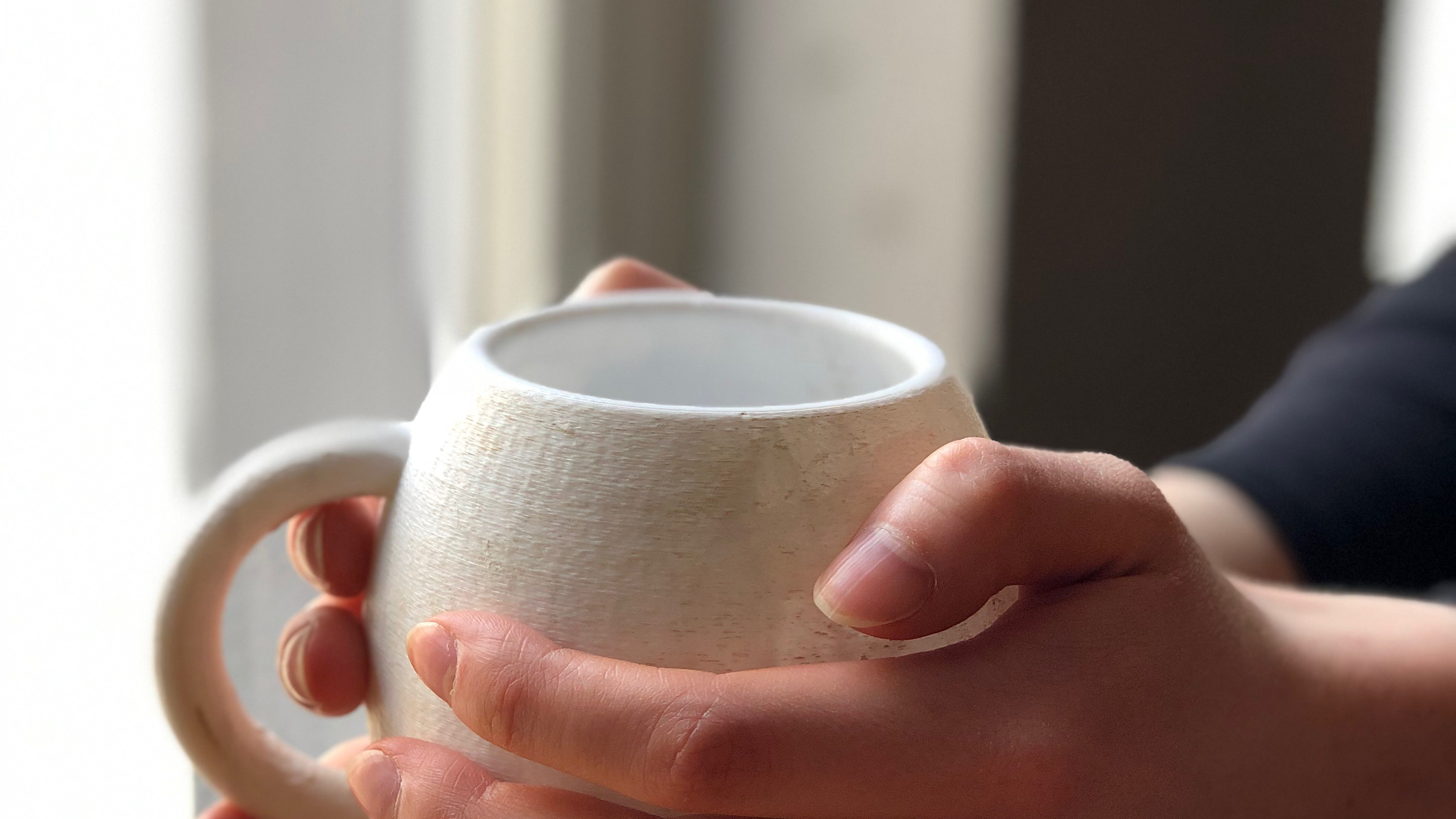BACKGROUND
The idea for Glow emerged from the need for engaging activities tailored to individuals with impaired cognitive abilities, especially those in the later stages of dementia. The project aimed to address the limited product options available for this user group, with the main goal of increasing their activity levels, encouraging social interaction, and providing a positive sensory experience.
The approach was informed by insights gathered through collaboration with Baycrest employees, observation, interviews (with care work professionals, next of kin and more), peer-collaboration and feedback, market research, visits to activity centers. The insights gained shaped the product criteria and guided subsequent project phases.
GOAL:
to develop an engaging, therapeutic activity for individuals with impaired cognitive function, encourageing activity, social interaction, and sensory stimulation.
DURATION:
6 months, 2020
PARTNERS:
OsloMet, OCAD University, Baycrest Hospital
DESIGNER:
Oda L Benediktsson
Glow features silicone pieces with organic shapes, each containing a central light. When touched or connected to each other, the pieces emit a subtle glow (of different strengths and colours), encouraging users to explore further. The product offers a relaxed experience, allowing users to freely arrange the pieces or follow suggested patterns on boards, especially useful for those who prefer a clear end to the activity.
KEY MILESTONES
1. CONCEPT DEVELOPMENT: Inspired by the complexity of the topic and the lack of available product for this user group, I embarked on creating a visually and tactilely stimulating product. Starting with sketches and prototypes, the project gained momentum.
2. RESEARCH: Market research, observation, interviews, empathy mapping helped identify user challenges and needs. These insights formed the product criteria (must, should, could) and guided subsequent project phases.
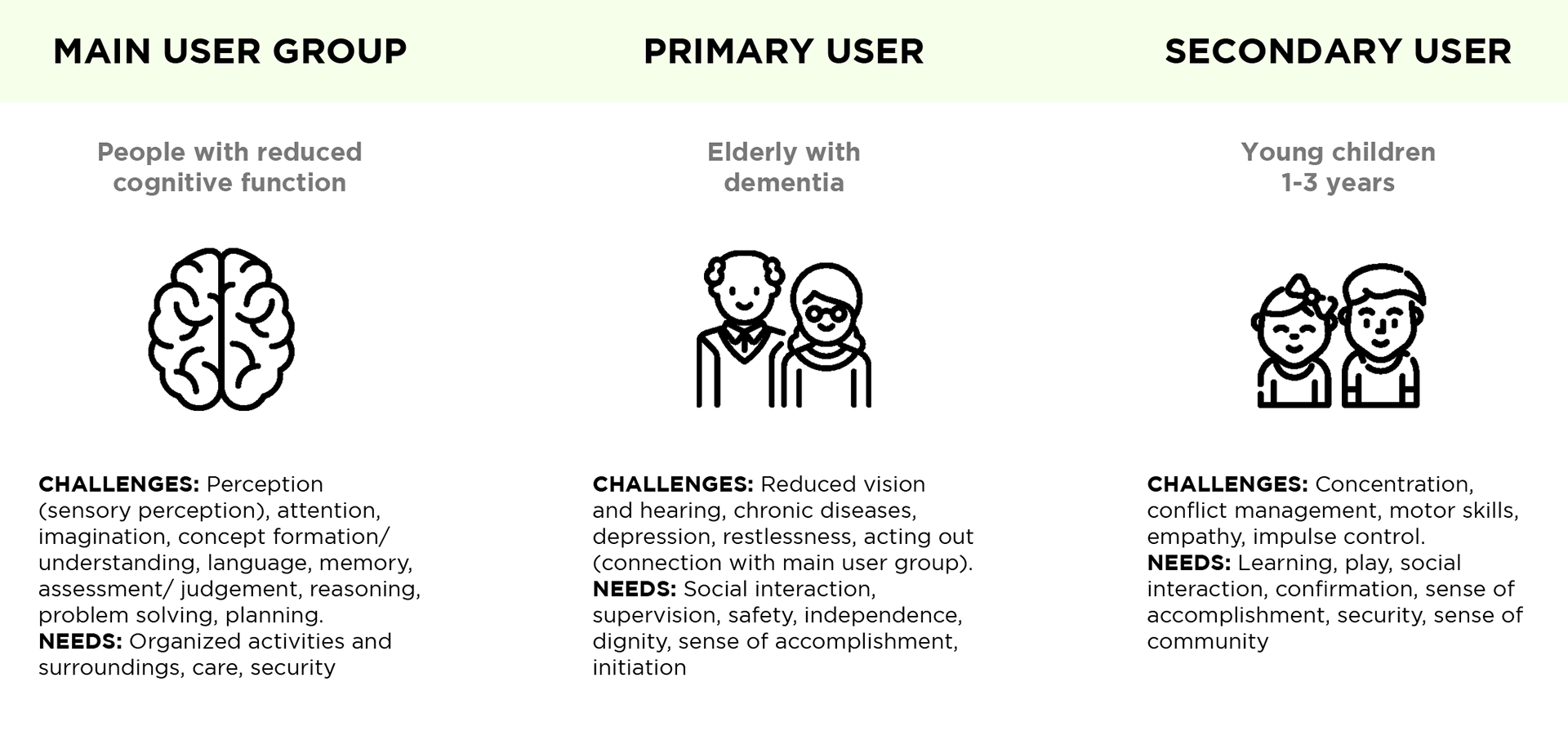



3. PROTOTYPING: Collaborating with peers and involving interview subjects in several rounds during the project helped determine the final ideal shapes, leading to the creation of silicone prototypes in various colors. To structure the activity, mats were introduced, offering clear endpoints for users.



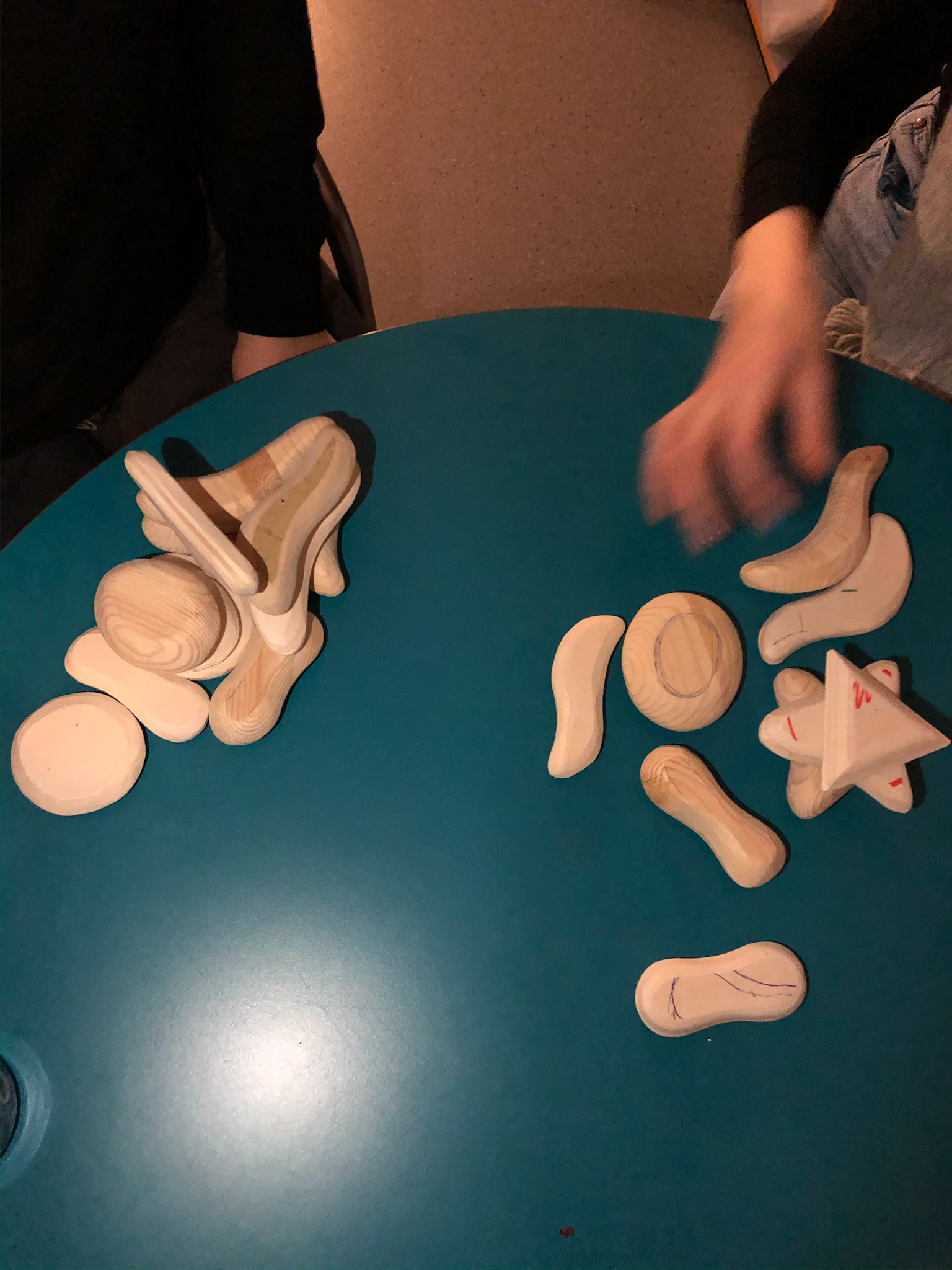






SPECIFICATIONS
MATERIALS
• Silicone (Kuraform A42A for prototypes)
• Rubber mat
• Electrical component (wireless charging)

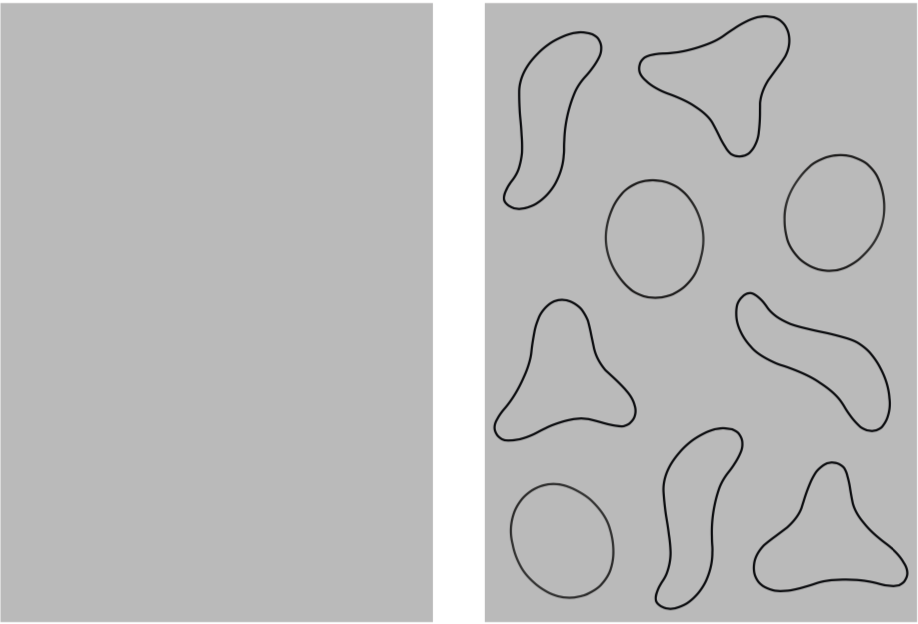
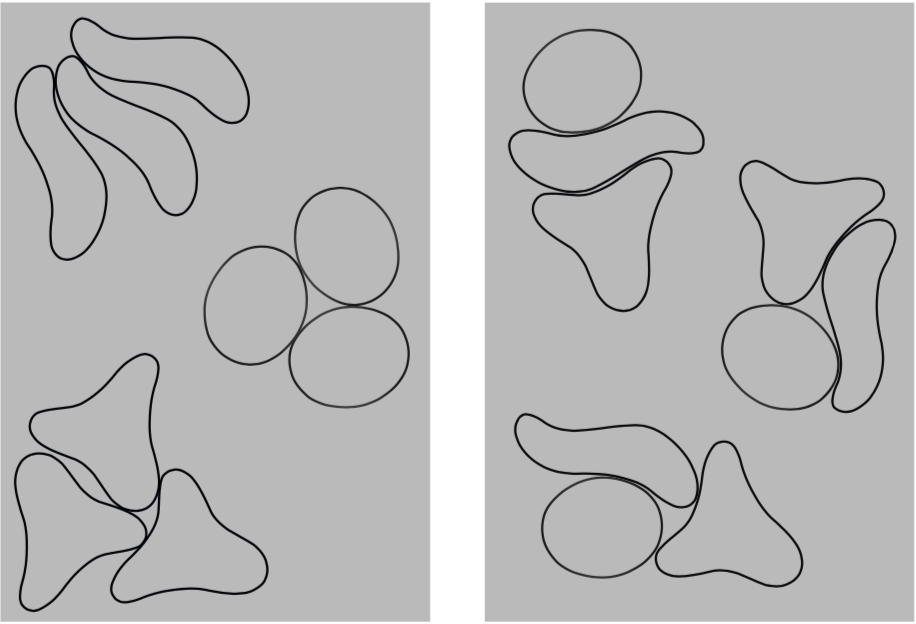

4. USER TESTING: Though original plans to test the product in a dementia ward were disrupted by Covid-19, user testing with diverse age groups provided valuable feedback. Testers displayed interest and enthusiasm, suggesting a positive reception of the product.
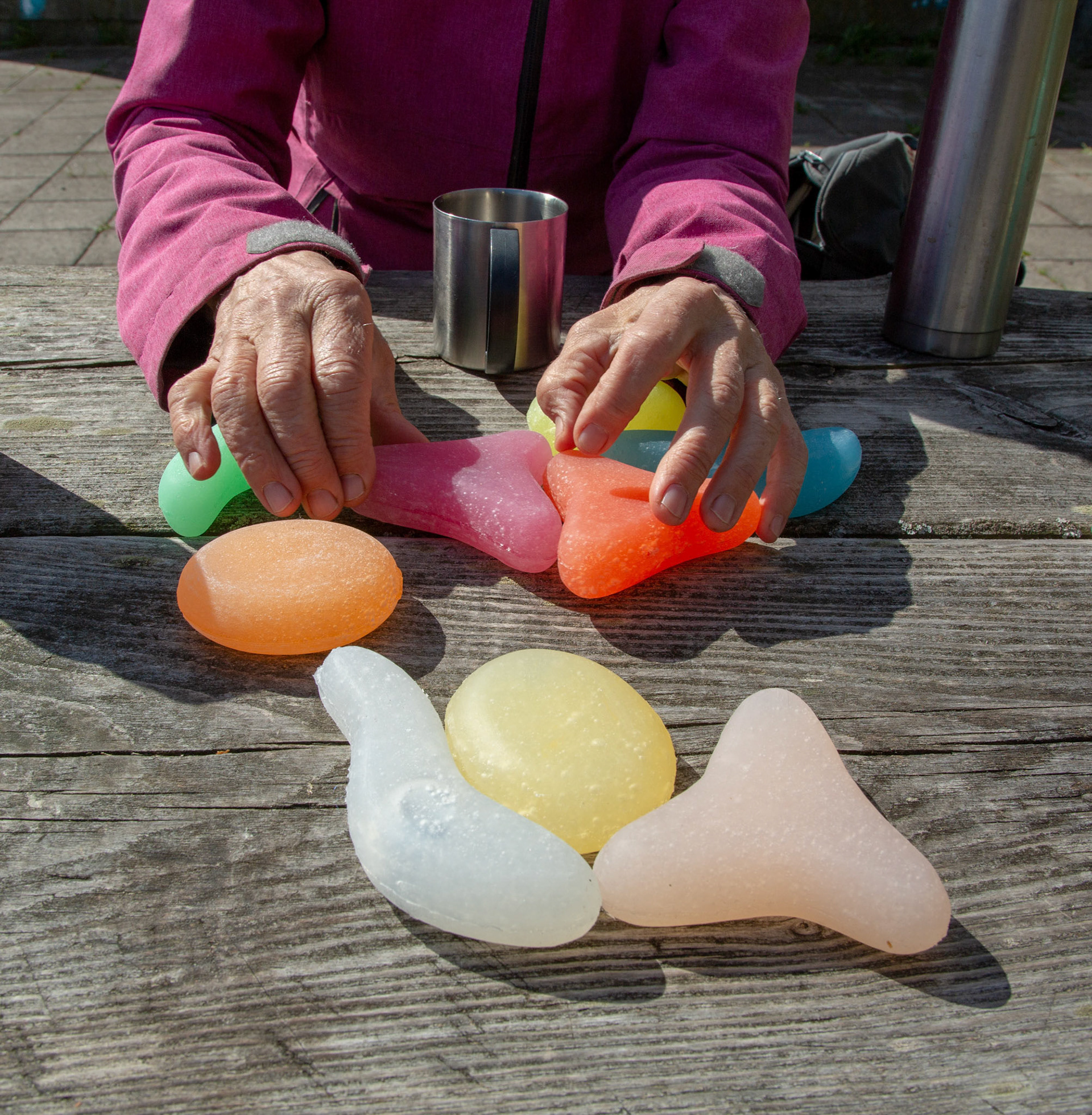
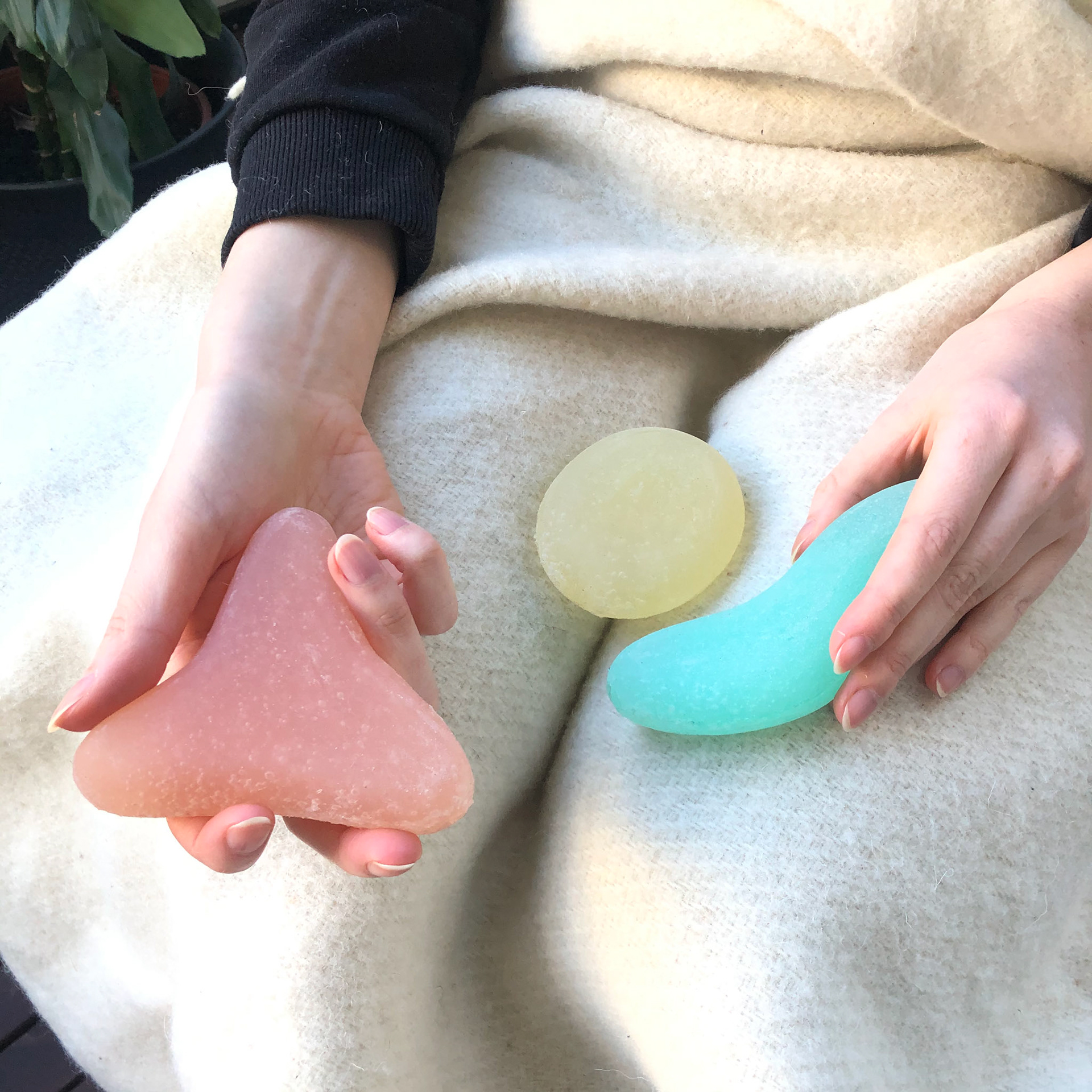









5. FURTHER DEVELOPMENTS
The project holds potential for expansion, with room for alterations and variations. Exploring touch-sensitive lights, temperature differences, vibrations, added audio, and diverse textures could offer exciting possibilities. However, it's crucial to maintain a balance and not overwhelm users with excessive stimuli, focusing on one or two elements at a time for a more positive experience.
Glow is designed to be a flexible, user-friendly activity that caters to individual exploration and group participation, addressing the unique needs of individuals with cognitive impairments.
